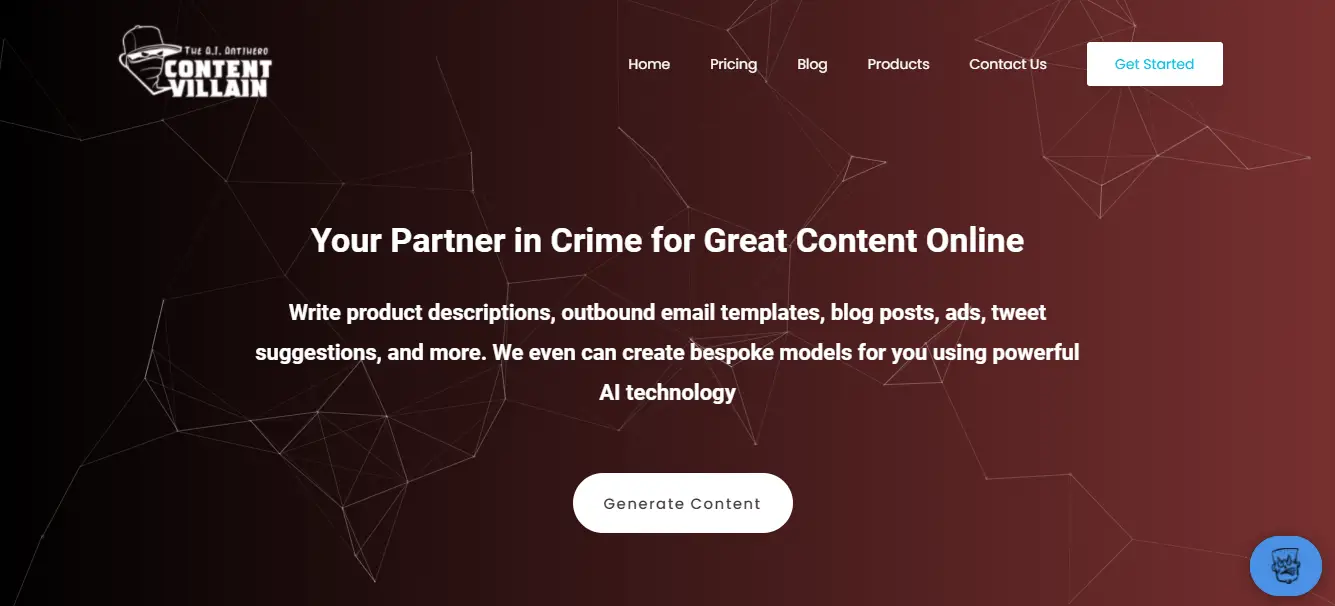Artificial Intelligence (AI) is rapidly transforming how digital content is created, and YouTube is no exception. With advances in machine learning, neural networks, and natural language processing, AI-generated videos have become more sophisticated—ranging from educational explainers and entertainment clips to fully animated short films. As this technology evolves, one of the most pressing questions for content creators and digital entrepreneurs is: Can AI-generated videos be monetized on YouTube?
To answer this, it’s essential to understand YouTube’s policies, the types of AI-generated content, and what differentiates monetizable AI videos from those that might get demonetized or even removed from the platform.
The Rise of AI-Generated Content
AI-generated content is not a new concept, but the usability and accessibility of tools like ChatGPT, DALL·E, Synthesia, and Pictory have made it exceedingly easy for almost anyone to create and publish videos. These tools can generate voiceovers, scripts, actors, and visual animations without the need for traditional filming or acting.
This led to a noticeable spike in AI-created channels on YouTube. These channels often focus on specific niches such as:
- Educational voice-over videos
- Top 10 lists and trivia collections
- AI-narrated storytelling and audiobook content
- AI-generated news summaries
- Virtual talking head influencers

While this offers a wealth of opportunities, YouTube’s monetization standards remain firm. The platform’s policies must be clearly understood to ensure that AI-generated content is eligible for monetization.
YouTube’s Monetization Policies and AI
YouTube’s Partner Program (YPP) governs how creators earn revenue through ads, channel memberships, and Super Chats. To qualify, a channel must meet certain thresholds—such as 1,000 subscribers and 4,000 watch hours in the past 12 months—but fulfilling the technical criteria isn’t sufficient on its own.
YouTube emphasizes the importance of original, transformative and value-added content. That means even if a video is entirely made using AI tools, it still needs to provide a unique perspective or insight. Content that simply stitches together stock visuals with AI narration may be flagged for reuse or repetitiveness, which puts monetization at risk.
According to YouTube, content must be:
- Original – Offers new value and is not a repost or copy.
- Transformative – Adds commentary, educational value, or a new element.
- Engaging – Holds viewer attention through storytelling, editing, or creativity.
In 2023, YouTube updated guidelines to specifically address AI-generated and reused content. They reiterated that automation, in itself, isn’t against policy, but the outcome must showcase effort and creativity.
What Makes AI Videos Eligible for Monetization?
Simply put, incorporating AI doesn’t automatically disqualify videos from making money. However, content creators must be strategic and ethical in their approach.
Here are approaches that help legitimize and monetize AI video content:
- Script Originality: Even if using tools like ChatGPT, creators should tweak and customize the script to maintain originality.
- Visual Enhancement: AI-generated animations or avatars should be creative, not generic templates used by thousands.
- Voice Variety: Using distinct synthetic voices, sound tones, and good editing helps avoid the sameness that flags reuse policies.
- Topic Relevance: Trending or niche-specific videos often rank better and increase viewer engagement, which contributes to monetization eligibility.
- Compliance with Copyright Rules: AI tools may include copyrighted material. Always verify the licensing of music, visuals, or scripts.

Channels that meet these standards often go unnoticed as AI-generated, simply because the final product feels personal, engaging, and professionally crafted.
Monetization Pitfalls: Where AI Creators Go Wrong
Some creators rush into producing AI videos daily without investing time into editing or originality. This may result in the following pitfalls:
- Reused Content Flags: Repetitive content across multiple videos using the same template may trigger YouTube’s reuse policy notifications.
- Low Viewer Engagement: Poorly structured or monotonous videos fail to keep viewers engaged, affecting retention metrics.
- Policy Violations: If the AI tools generate misleading or inappropriate content, videos may be removed or age-restricted.
Creators must understand that YouTube applies human and AI reviewers to assess whether videos meet monetization standards. Even if the video is technically AI-generated, it should reflect human oversight and creative input.
Successful Examples of AI-Generated Content
Several YouTube channels have successfully implemented AI to enhance their content without crossing monetization red lines. For example, educational channels use AI narration to simplify complex topics using clean visuals. Others use AI tools to create explainer animations for historical events or scientific discoveries.
These creators often:
- Use their own voice or a high-quality AI alternative
- Add custom animations or whiteboard-style illustrations
- Display transparent creative direction and scripting
The Future of AI in YouTube Content Creation
As AI technology continues to improve, the distinctions between human-made and machine-generated content will blur. YouTube, aware of this trend, is evolving its policies to remain fair to authentic content creators while preventing a flood of low-effort automated uploads.
In the future, it’s possible YouTube will offer tools to directly label AI-generated content, much like how Instagram or Twitter add tags for modified media. Transparency will likely be key to long-term viability.
Best Practices for Monetizing AI Videos
For those intent on entering the AI content game and monetizing their efforts, consider these best practices:
- Always Review and Edit: Never publish raw AI output. Human editing adds authenticity.
- Check Copyright Licenses: Make sure music, voices, and visuals are licensed for reuse and monetization.
- Disclose AI Use (if applicable): Transparency builds trust with viewers and regulators.
- Stay Updated with Policies: YouTube’s requirements shift frequently. Regularly check for updates regarding AI content.
- Engage Your Community: Encourage comments and interaction. Monetization is not just about views, but engagement.
FAQ
- Q: Can AI-generated videos be monetized on YouTube?
- A: Yes, if the content is original, adds value, and complies with YouTube’s monetization policies.
- Q: What kind of AI videos get demonetized?
- A: Low-quality, repetitive, and reused content with little to no human input often gets demonetized.
- Q: Is it legal to use AI-generated avatars and voices?
- A: It is legal if the tools are licensed and not infringing on copyrights. Always read the terms of service of the AI platform used.
- Q: Do I need to disclose the use of AI in my videos?
- A: While not mandatory in every case, disclosure is recommended for transparency, especially in content like news or education.
- Q: How can I ensure my AI channel remains monetized?
- A: Focus on quality, originality, and regular engagement with your audience. Avoid generic templates and continuously update your strategies based on YouTube’s evolving policies.
AI offers a revolutionary path to video creation, but success on YouTube still requires a human touch. Monetization is possible, but only when content reflects effort, creativity, and compliance with platform rules.

